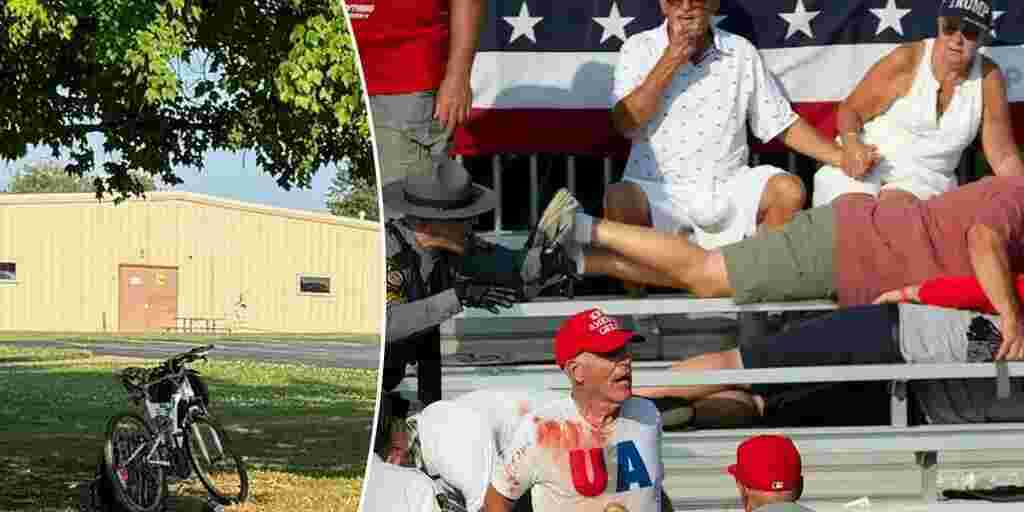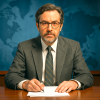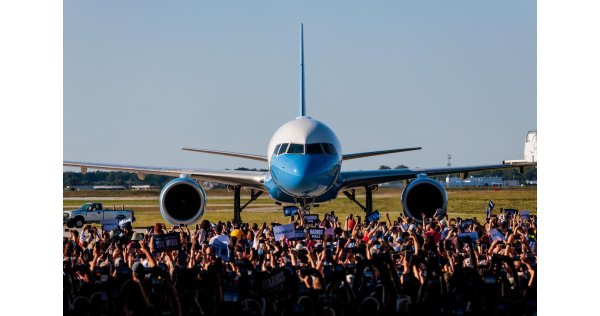In the shadows cast by a tree near a Pennsylvania manufacturing facility, a solitary bicycle stands as a chilling reminder of the gunman's deadly attack that almost took the life of a former president. The New York Post reported that the shooter, Thomas Matthew Crooks, rode his bike to Donald Trump's rally in Butler and abandoned it before taking a position on a roof roughly 150 yards from the stage, where he unleashed a barrage of gunfire toward the crowd of thousands.
The bicycle, left unattended by Crooks, was spotted by a witness at approximately 5:30 p.m. on July 13, a mere 42 minutes before the shooting, as reported by The Post. This security oversight has prompted at least one expert, Paul Mauro, a retired NYPD inspector, to suggest that "someone was asleep at the switch." Mauro, who has experience in multi-agency security coordination, emphasized the importance of a "flying squad," a mobile response team that provides surveillance and addresses suspicious activities.
According to a lawmaker who attended the FBI briefing, the FBI informed Congress that Crooks was initially identified as a "suspicious person of interest" around 5:10 p.m. At 5:30 p.m., a witness observed Crooks with a rangefinder, and other rally attendees reported his suspicious behavior to the police. However, stationed law enforcement officers cannot abandon their posts to pursue such individuals, as the suspicious activity might be a diversionary tactic. This is where the role of a separate mobile response team, like a flying squad, becomes crucial.
Mauro explained to Fox News Digital the importance of this specialized team, stating, "A lot of people have been saying, 'Why didn't they go chase them down an hour before the event?' When you're that close to event time, you have to guard against a diversion... Somebody sets something off as a diversion, and now the principal is left unguarded." In this case, the principal was Trump.
The shooting took place at 6:12 p.m., resulting in the tragic death of a local hero, Corey Comperatore, who shielded his family, and injuring two others. A bullet also grazed Trump's ear, which could have been fatal if he hadn't moved his head at that precise moment.
The aftermath of the shooting has raised several unanswered questions and concerns about security planning and execution. Congress members have stressed the need to address apparent lapses in safety protocols. Law enforcement's silence since the assassination attempt has only added to the growing list of uncertainties, including how Crooks was able to fire multiple shots into the crowd undetected and the nature and timing of his use of the bicycle and a white van reportedly containing explosive materials.
Eerie photo of Trump shooter's bike left at rally site as expert questions why 'flying squad' wasn't mobilized
Thomas Matthew Crooks, 20, opened fire at a Trump rally in Butler, Pennsylvania, on July 13




